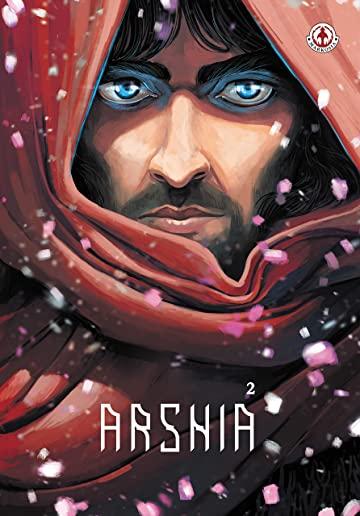
Perhaps the most elaborate and realistic analysis of the life of the tormented artist ever presented in dramatic form, Chekhov's The Sea Gull portrays the struggles of Konstantin Gavrilovich Trepliov to achieve his literary ambitions and win the love of Nina, a would-be actress. Thwarted by his beautiful mother, who feels her advancing age every time she sees her adult son, frustrated by his competition with the successful writer Trigorin, Konstantin's anguish is reflected by the pain of the other characters. His uncle, Pyotr Sorin, upon whose country estate Konstantin lives, regrets all that he has not done; Masha, young daughter of the estate manager, loves Konstantin but marries Medvedenko, the impoverished schoolmaster; Dorn, the local doctor, has never written a word himself but is full of advice for Konstantin. Each reveals the emotional suffering that underlies our lives.
In this and other plays, Chekhov pioneered a new form, Impressionistic Realism, concerned not so much with plot, but with character. Rather than focusing upon action or external drama, Chekhov brings out the inner experiences and reactions of Konstantin and the others. Inspired by a real-life incident, Chekhov uses the death of the sea gull to symbolize the ruined hopes and dreams of all his characters. The Sea Gull is a tragic masterpiece universally hailed as a seminal play, a prototype of 20th-century drama.







